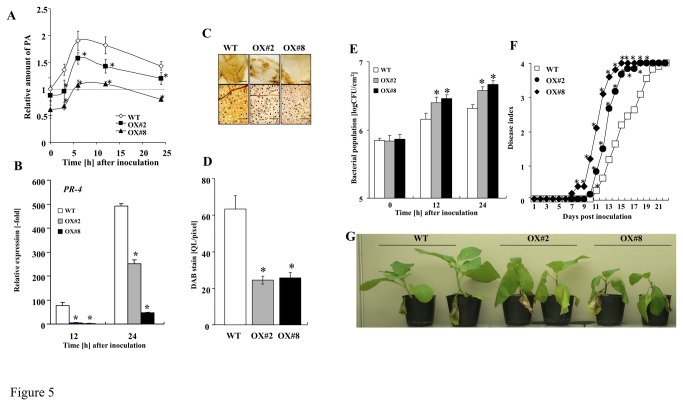Figure 5. Reduction of defense-related responses and disease resistance in DS1-overexpressing plants.
(A) Phosphatidic acid content in control and DS1-overexpressing plants (OX-#2 and OX-#8). Total lipid fraction was extracted from control (WT) and DS1-overexpressing plants (OX-#2 and OX-#8) 0–24 h after inoculation with R. solanacearum. PA was separated and quantified as described in Materials and Methods. Values are means of four replicate experiments with SD. Asterisks denote values significantly different from those of control (*; P < 0.05, t-test). (B) Total RNA was isolated from wild-type control (Control), DS1-overexpressing plants (OX-#2 and OX-#8) at 12 and 24 h after inoculation with R. solanacearum. Expression values of PR-4 are expressed as [Qty] after normalization to actin. Values represent means and SD from triplicate experiments. Asterisks denote values significantly different from those of control (*; P < 0.05, t-test). (C) ROS production was visualized by DAB staining as described in Materials and Methods. Bar indicates @@@. (D) Brown deposits were quantified as described in Materials and Methods. (E) Bacterial population was determined by plating at specified time points. Values are means of four replicate experiments with SD. Asterisks denote values significantly different from those of control (*; P < 0.05, t-test). (F) Disease development of bacterial wilt was rated daily on a 0–4 disease index in control (WT) and DS1-overexpressing (OX#2 and OX#8) plants. Values are means of four replicate experiments with SD. Asterisks denote values significantly different from those of empty PVX control (*; P < 0.05, t-test). (G) Characteristic symptoms in control and DS1-overexpressing (OX#2 and OX#8) plants. Photograph was taken 12 days after inoculation with R. solanacearum.

